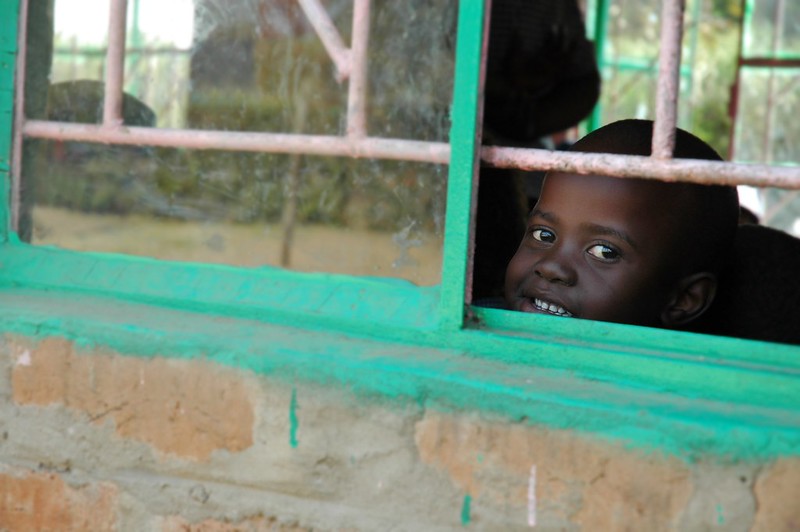Poverty Innovations in Zambia
 Zambia, a landlocked, sparsely populated country, defines “the poor” as members of society who cannot afford basic human needs based on their entire income and, therefore, experience consequences such as food insecurity. There have been several innovations in eradicating this poverty in recent years.
Zambia, a landlocked, sparsely populated country, defines “the poor” as members of society who cannot afford basic human needs based on their entire income and, therefore, experience consequences such as food insecurity. There have been several innovations in eradicating this poverty in recent years.
The Zambia Agribusiness and Trade Project (ZATP)
ZATP is an initiative with a focus on enhancing Zambia’s economy. This project provides financial aid through grants and business development services to make the country’s small-scale agriculture more competitive. It also aims to encourage partnerships between farmers and buyers. This allows smallholder farmers to have access to much larger markets. As of September 2023, the project has supported 98,000 beneficiaries directly, thus helping to eradicate poverty.
Availability of Safe Water and Sanitation
Out of Zambia’s population (19.6 million), 32% lack access to basic water services and 53% lack access to basic sanitation services. Hence, the United States Agency for International Development (USAID) investments aim to improve access to safe water, sanitation and hygiene. This is part of an initiative called “The First 1,000 Most Critical Days Program”, referring to the first 1,000 days of life after birth, where access to water and sanitation is most vital for physical and mental development. USAID supports the research of this project, providing financial aid to water supply and sanitation companies to improve the efficiency of their delivery and the extent of their reach as an initiative towards poverty eradication in Zambia.
Benefitting Girls and Women
The Girls’ Education and Women’s Empowerment and Livelihoods Project (GEWEL) promotes societal inclusion for women. It has received trust fund grants from Irish Aid, the U.K.’s Foreign, Common and Development Office and the Swedish International Development Cooperation Agency. The second phase of the project runs from 2020 to 2024 and has, thus far, benefitted 75,000 women in 51 Zambian districts, providing them with life and business skills as well as a cash grant. Additionally, GEWEL will expand bursary coverage from 14,000 girls in 27 districts to 43,000 girls in 39 districts to provide girls with access to secondary education, helping to set up the future of Zambia’s fight against poverty.
Household Energy Usage
The Zambian government, with the aid of the World Bank, introduced initiatives to improve access to electricity across the nation. The Electricity Service Access Project (ESAP) has been active since June 2018 and has been operational since June 2018 and is slated to continue for five years. The ESAP aims to benefit 22,000 low-income households and 1,000 rural Small Enterprises by subsidizing the cost of grid connection. As of January 10, 2022, the ESAP successfully connected 40,346 beneficiaries, helping to aid poverty innovations.
The Power Africa project, funded by USAID, increases access to clean energy sources in rural areas. Zambia often experiences national power blackouts because 85% of electricity comes from hydropower, which is often impacted by droughts and flooding. As a result, the Government of Zambia has set a goal of universal electricity access for all Zambians by 2030. Therefore, Power Africa encourages investment in other energy sectors, for instance, solar energy use in health clinics. This initiative has aided the development of 208 megawatts of electricity generation projects in the nation.
Health Care
The Southern Africa Tuberculosis and Health System Support Project was established as a regional center to help those suffering from occupational lung diseases. The project supports laboratories in meeting regional procedure standards, thereby improving the efficiency of monitoring Multi-Drug Resistant Tuberculosis. The project also gives case notifications, which have been particularly vital in recent years, when tuberculosis case notifications rose from 27,700 to 29,700 per year (2021) in targeted geographical locations.
Zambia’s poverty innovations have also focused on eradicating undernutrition, which is responsible for 20% of maternal deaths and 45% of child deaths. With support from USAID, the 1,000 Most Critical Days Project aims to advocate the importance of good nutrition and integrate food security and economic growth into all community activities. This program has made vital progress in health and nutrition, as well as supporting the production and consumption of food, which provides nutrition in all of the 42 districts of Zambia.
– Eva McMonigle
Photo: Flickr
